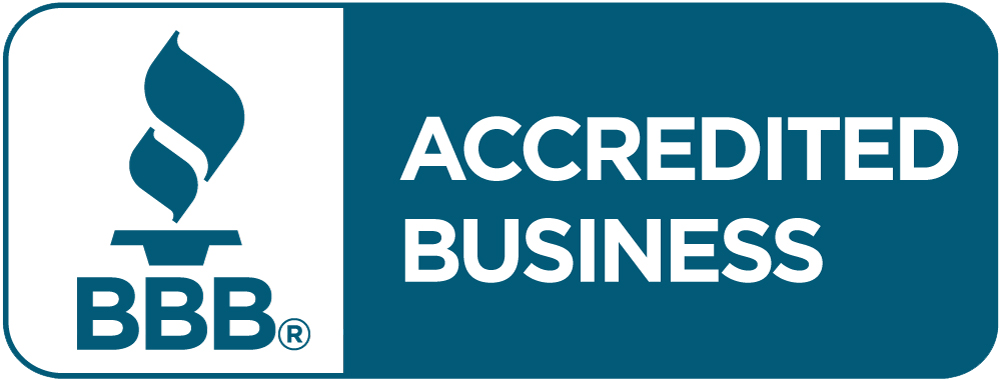Data Cabling: Carrying Information Between Computers & Network Equipment
Most buildings feature electrical, phone, and TV wiring. In recent decades, the fourth type of cabling system has become increasingly common. Data cables carry information between computers and network equipment. They often provide access to the internet and possibly a company-specific intranet.
Data Sharing
Data cabling allows multiple computers to share the same equipment. This eliminates the need to buy and maintain separate accessories for each machine. For instance, the cables could connect three PCs in different rooms to a single networked printer.
Computer networks can vary in their method of data transfer based on the jobs they are doing. Every IT network is different, and the actual type of cable that will provide the most benefit and value will also be different.
Types
Buildings primarily use Ethernet cabling at present. Some older installations feature coaxial or token-ring cables. Different wires are shielded or unshielded. Wires with shielding cost more, but they resist interference with greater success.
Additional types of data cabling include:
-
fiber optic cable
-
twisted pair cabling
-
coaxial cabling
-
Insulating layer cables
-
Shielded twisted pair cabling
It takes the work of a seasoned IT professional to identify the most effective data cables for your infrastructure. For example, some (such as shielded twisted pair cables) offer more protection in areas prone to high electromagnetic interference. They should also prepare your business for future requirements.
Grades
Network cables come in several different grades known as "categories." They're commonly referred to as Cat3, Cat5, Cat5e or Cat6 wires. Higher numbers represent faster maximum communication speeds. However, users can only benefit from higher speeds if the network and computer hardware also support them.
Cabling Infrastructure
The layout of your business, devices used, and maximum distance available will also determine not only which data cables are used, but how they are arranged. There are a few types of cable infrastructure that will help maximize productivity in different environments. Some of the most common types include:
-
Horizontal cabling
-
Structured cabling
The Benefits of Data Cabling
Although wireless communication has become more popular in recent years, data cabling still offers numerous valuable advantages. It boosts security, speed and reliability. Wires are much better at resisting interference. Homeowners and businesses can also opt to use an integrated combination of wired and wireless networking. These cables have the potential to carry voice audio in addition to computerized communications.
This is possible when people use a VoIP or cable-based phone service. However, these telephone systems need higher-capacity wires than traditional analog landline phones. They usually don't work well unless a building has Cat6 or Cat5e wiring. Unlike conventional phone cords, most data wires don't supply electrical power. Nonetheless, a few networks have power-over-Ethernet capabilities. This allows VoIP telephone equipment to operate on electricity supplied via data cables. The network hardware costs more, but this configuration saves space and conserves electrical outlets.
Solutions for Managing Business Data Cables
To sum it up, data cabling provides a dependable way for electronic devices to communicate with the internet and each other. It can also handle digital phone communications. Different types and classes of wires offer various advantages, such as high speeds, protection from interference or lower costs.
To learn more about data cabling or IT services, contact the team at Total BC today.



